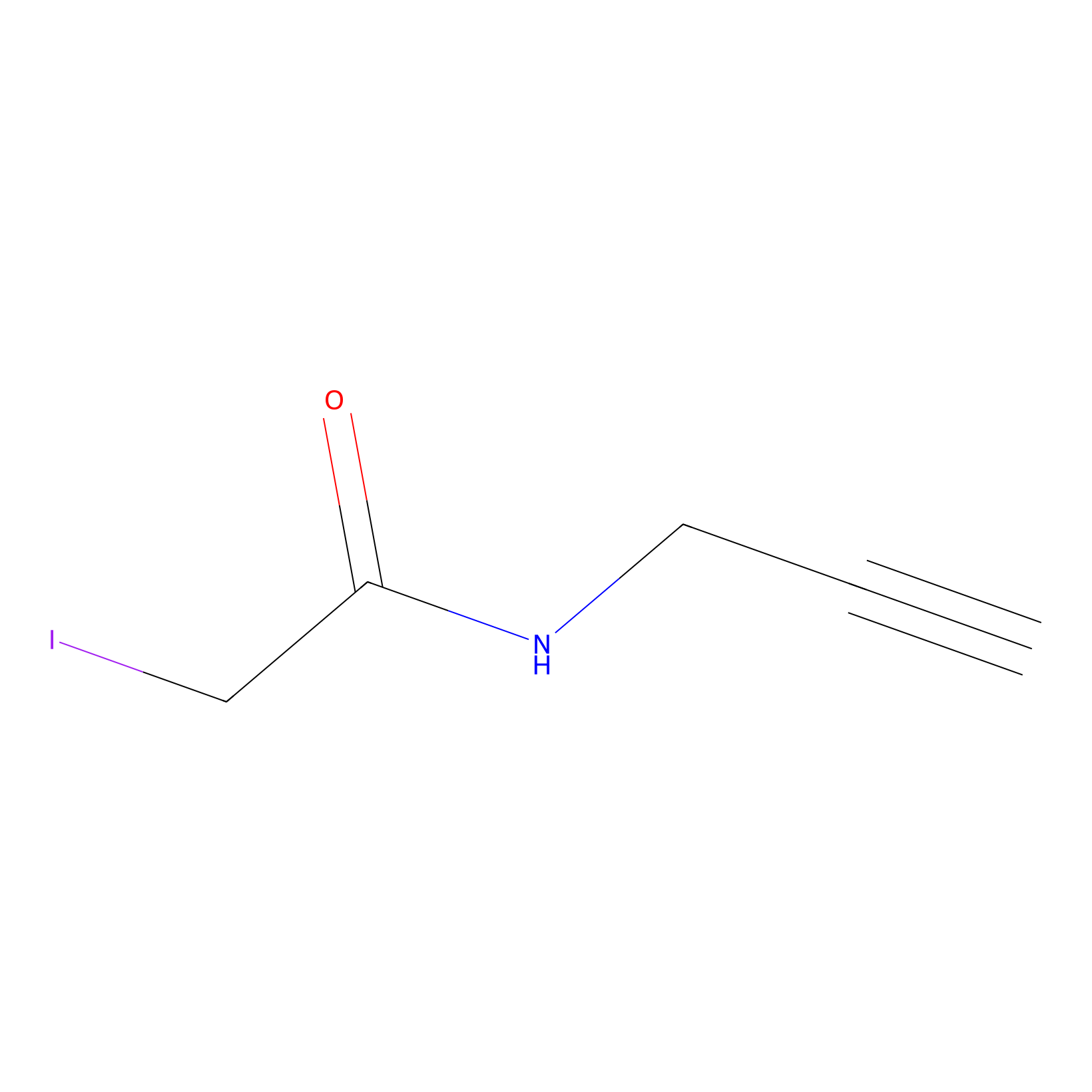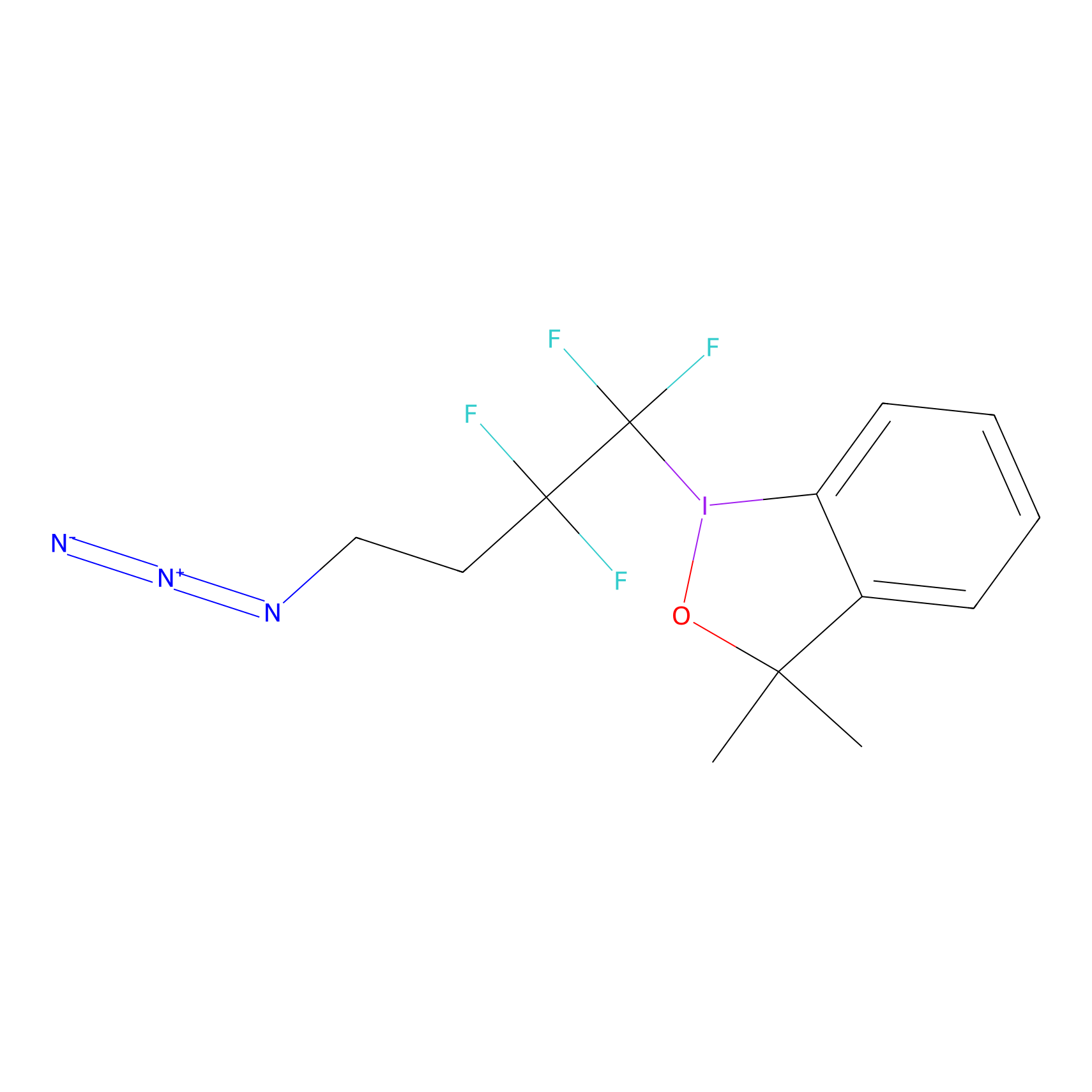Details of the Target
General Information of Target
| Target ID | LDTP06595 | |||||
|---|---|---|---|---|---|---|
| Target Name | [Pyruvate dehydrogenase (acetyl-transferring)] kinase isozyme 4, mitochondrial (PDK4) | |||||
| Gene Name | PDK4 | |||||
| Gene ID | 5166 | |||||
| Synonyms |
PDHK4; [Pyruvate dehydrogenase; acetyl-transferring)] kinase isozyme 4, mitochondrial; EC 2.7.11.2; Pyruvate dehydrogenase kinase isoform 4 |
|||||
| 3D Structure | ||||||
| Sequence |
MKAARFVLRSAGSLNGAGLVPREVEHFSRYSPSPLSMKQLLDFGSENACERTSFAFLRQE
LPVRLANILKEIDILPTQLVNTSSVQLVKSWYIQSLMDLVEFHEKSPDDQKALSDFVDTL IKVRNRHHNVVPTMAQGIIEYKDACTVDPVTNQNLQYFLDRFYMNRISTRMLMNQHILIF SDSQTGNPSHIGSIDPNCDVVAVVQDAFECSRMLCDQYYLSSPELKLTQVNGKFPDQPIH IVYVPSHLHHMLFELFKNAMRATVEHQENQPSLTPIEVIVVLGKEDLTIKISDRGGGVPL RIIDRLFSYTYSTAPTPVMDNSRNAPLAGFGYGLPISRLYAKYFQGDLNLYSLSGYGTDA IIYLKALSSESIEKLPVFNKSAFKHYQMSSEADDWCIPSREPKNLAKEVAM |
|||||
| Target Bioclass |
Enzyme
|
|||||
| Family |
PDK/BCKDK protein kinase family
|
|||||
| Subcellular location |
Mitochondrion matrix
|
|||||
| Function |
Kinase that plays a key role in regulation of glucose and fatty acid metabolism and homeostasis via phosphorylation of the pyruvate dehydrogenase subunits PDHA1 and PDHA2. This inhibits pyruvate dehydrogenase activity, and thereby regulates metabolite flux through the tricarboxylic acid cycle, down-regulates aerobic respiration and inhibits the formation of acetyl-coenzyme A from pyruvate. Inhibition of pyruvate dehydrogenase decreases glucose utilization and increases fat metabolism in response to prolonged fasting and starvation. Plays an important role in maintaining normal blood glucose levels under starvation, and is involved in the insulin signaling cascade. Via its regulation of pyruvate dehydrogenase activity, plays an important role in maintaining normal blood pH and in preventing the accumulation of ketone bodies under starvation. In the fed state, mediates cellular responses to glucose levels and to a high-fat diet. Regulates both fatty acid oxidation and de novo fatty acid biosynthesis. Plays a role in the generation of reactive oxygen species. Protects detached epithelial cells against anoikis. Plays a role in cell proliferation via its role in regulating carbohydrate and fatty acid metabolism.
|
|||||
| Uniprot ID | ||||||
| Ensemble ID | ||||||
| HGNC ID | ||||||
| ChEMBL ID | ||||||
Probe(s) Labeling This Target
ABPP Probe
| Probe name | Structure | Binding Site(Ratio) | Interaction ID | Ref | |
|---|---|---|---|---|---|
|
IA-alkyne Probe Info |
 |
C396(2.31) | LDD2157 | [1] | |
|
Acrolein Probe Info |
 |
N.A. | LDD0225 | [2] | |
|
IPM Probe Info |
 |
N.A. | LDD0025 | [3] | |
|
TFBX Probe Info |
 |
C215(0.00); C49(0.00) | LDD0027 | [3] | |
|
DBIA Probe Info |
 |
C49(0.31) | LDD2236 | [4] | |
Competitor(s) Related to This Target
The Interaction Atlas With This Target
References
